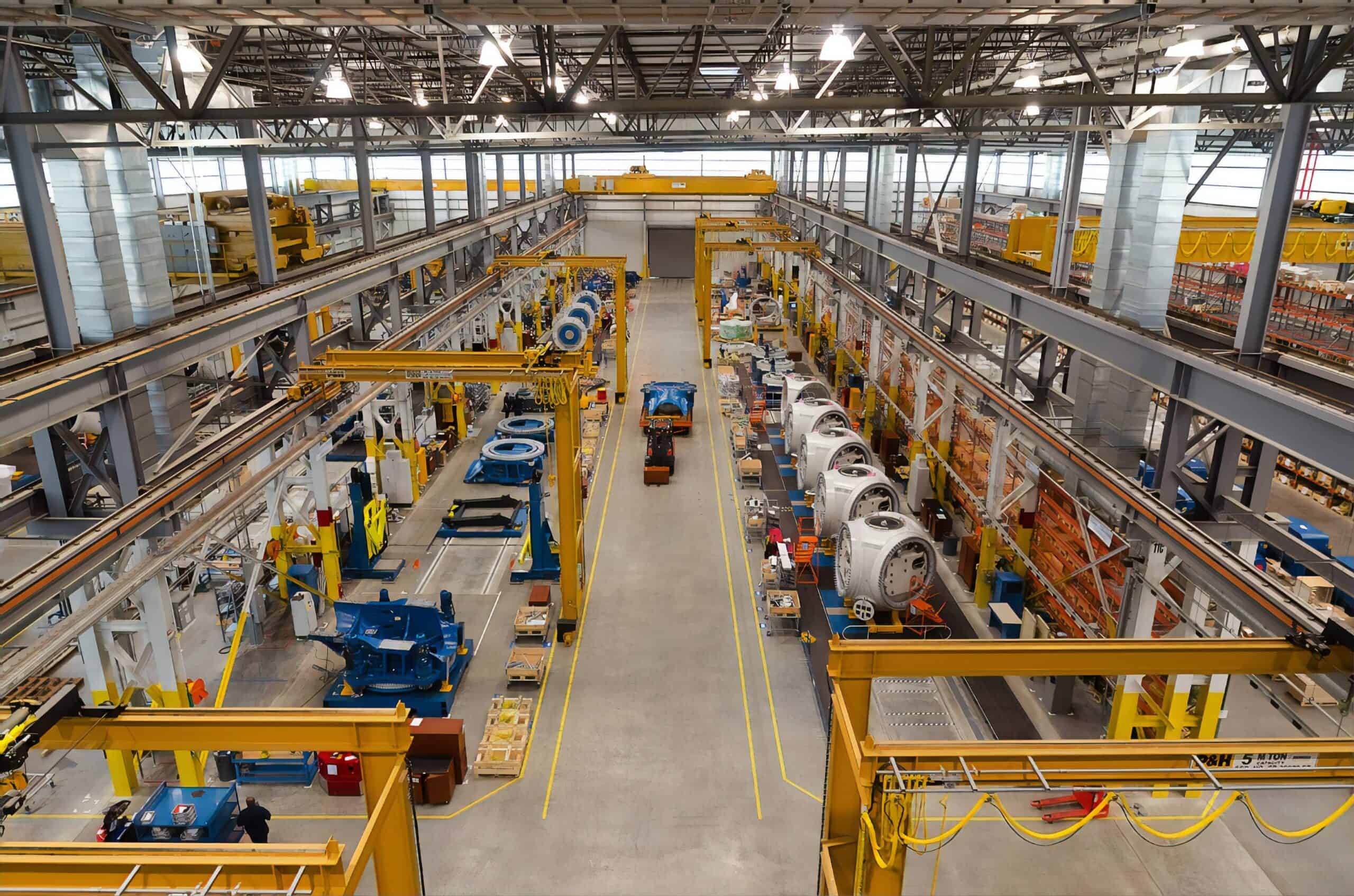In the last month, the semiconductor industry has found itself front and center in the news as a result of a global supply shortage. With semiconductor chips being used in everything from automobiles and medical devices to consumer electronics and industrial equipment, the current supply chain disruption of this small but vital component has become more of a national talking point than most people would have ever imagined.
But the truth is, this sort of supply squeeze isn’t exactly new, nor is it strictly relegated to semiconductors. Manufacturers across industries have been struggling with highly abnormal demand activity since the start of the pandemic, when borders first closed and entire countries had to quarantine. In the months since, distributors have also had to deal with this challenging environment by strategically navigating inventory issues while also managing existing headwinds like the rise of Amazon, the necessity of eCommerce and omni-channel experiences, and the threat of suppliers selling directly to resellers.
The Current Problem
The pandemic-related disruptions in traditional supply chains have simply compounded these preexisting challenges, causing significant delays and in some cases threatening the very existence of some distributors. For example, based on what we’ve been hearing from some of our clients, during the pandemic it’s taken up to four times longer for distributors to acquire certain products and materials from their suppliers, causing longer lead times and significant salesforce challenges.
In addition, these supply chain disruptions have also impacted the distributor-manufacturer relationship. In some cases, manufacturers are now responding first to their “top” clients to be sure they are being taken care of, which has led more mid-tier distributors to seek out products from competitors. In other words, with many entering survival mode loyalty has become less important, and instead of thinking of one manufacturer versus another, distributors have increasingly been forced to get product wherever they can find it. Unsurprisingly, this has led to tension, dissatisfaction, and some lost mindshare that’s not easily recovered.
MDFs and Co-Ops: Collateral Damage
The challenges don’t stop there, though. We’ve also been hearing about disruptions to the Marketing Development Funds (MDFs) or Co-op funds that have traditionally been a staple of the manufacturer-distributor relationship. Normally, these funds would be made available to distributors to support advertising, training, incentives, and rebates for the products supplied by certain manufacturers.
In many cases, they would often be used to support branded events, trade shows, counter days, or in-person training—many of which have been essentially put on hold during the past year, leaving distributors with the challenge of figuring out how they can logistically use these funds to improve their business. Add to this the fact that roughly 30%-40% of MDFs typically go unspent anyway due to prolonged claims-to-payment cycles, and it’s easy to understand why distributors are having a harder time getting ahold of these funds and finding innovative ways to spend them. It also explains why we’ve been hearing that distributors are finding that they have to provide a stronger rationale and more targeted sales strategies in order to procure them.
What Can Be Done?
So, with all of the disruptions to traditional sales activities, how can distributors adapt to the sands shifting beneath their feet? For starters, we’ve been seeing many of these businesses move to new and improved eCommerce channels, which seems like a natural shift with much of the sales process and customer experience now moving into digital spaces. In addition, some distributors are starting to get a tighter handle on their customer allocations and warehousing, while strategically placing orders to balance need based on what’s in stock. They’re having to make do with the products that are available, while also looking for alternatives that will still satisfy end users. In some cases, this might mean finding alternative suppliers or holding intermediate inventory to create a margin of safety.
From the perspective of MDFs and Co-ops, distributors will likely need to take a more sales-oriented approach to their suppliers in order to access and utilize these funds. More than ever, they’ll need to provide strong rationale for manufacturer ROI and present how their incentive or training initiatives will directly benefit the manufacturer and increase sales; and of course, they’ll need to show the manufacturer that their products will be promoted beyond other companies. While it seems that some distributors aren’t yet armed with a road map to successfully ask for and receive these marketing funds, those that are, and that can effectively put on their selling hats when it comes to their supplier relationships, will be the ones who end up ahead of the game.
Conclusion
In light of the ongoing supply chain disruption, what does the post-pandemic future hold for distributors and their MDFs and Co-ops? Based on our discussions with customers in both the distributor and manufacturer space, our sense is that it will be tight as always; however, manufacturers will continue to want to partner with distributors who have a great plan to promote their products and make good use of their co-op. It’s possible that the post-pandemic period will be the perfect time to capture more business, with just as much of these funds available as before. That being said, the space will likely only get more competitive and consolidated in the coming year, with each business looking for that edge to get ahead. Being able to make a solid case as to what the funds will be used for, and how it will benefit the manufacturer, will be an important focus for distributors as many find themselves leaning even more on the manufacturers for participation.




